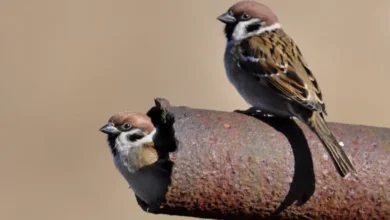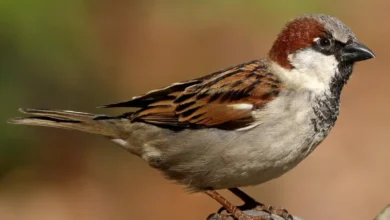Have you ever wondered what makes sparrows such adaptable and fascinating birds? How do they thrive in diverse habitats, from grasslands to urban areas? Dive into the enchanting world of sparrows and uncover the secrets of their habits, habitat preferences, and more. Prepare to be captivated by their extraordinary lives!
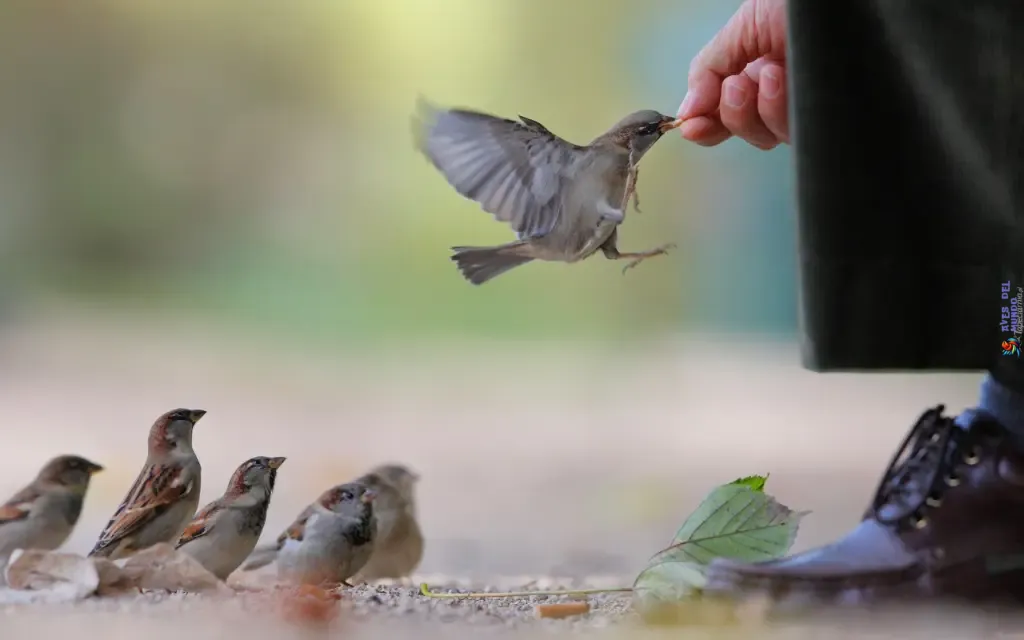
As you delve into this article, you will gain valuable insights into the unique behaviors exhibited by sparrows on a daily basis. You will learn about their social nature, agile flight patterns, and melodic songs. Discover the diverse feeding tactics they use to obtain a balanced diet and the intricacies of their nesting habits. Explore the various ecosystems where sparrows thrive and uncover the factors influencing their migration decisions.
But what environmental challenges do sparrows face, and what conservation efforts are being made to protect them? Is there a connection between human activity and sparrow habitation? These are just a few of the thought-provoking questions we will explore as we unravel the complex relationship between sparrows and their environment.
Prepare to be amazed as we uncover the remarkable world of sparrows and gain a newfound appreciation for these tiny yet resilient creatures. Let’s embark on this journey together and unlock the secrets of sparrow bird habits and habitat information!
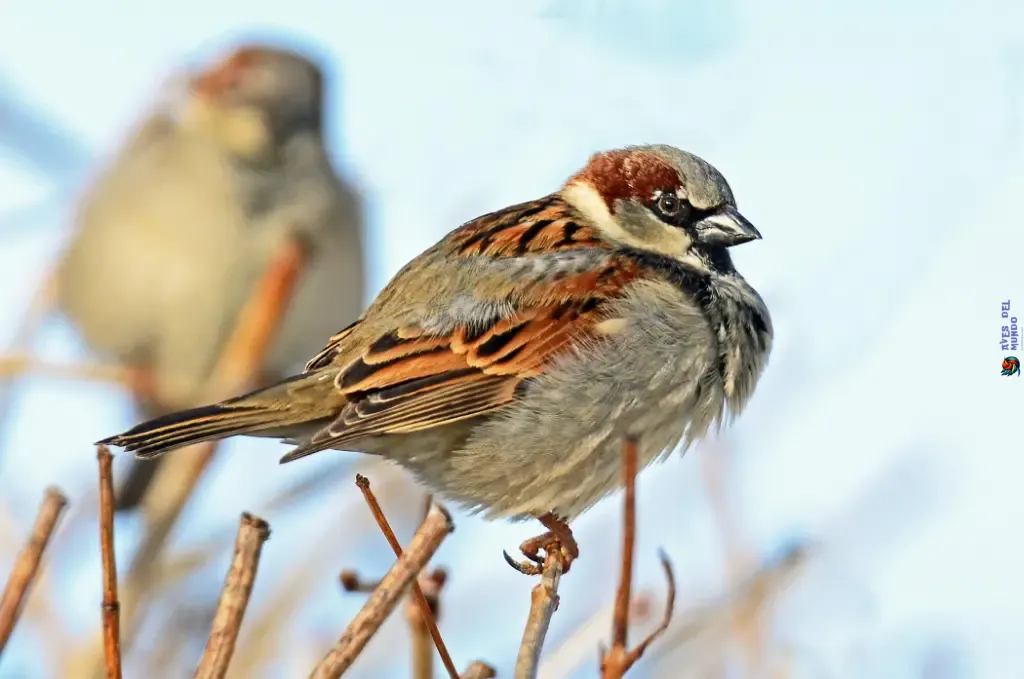
Understanding the Sparrow Bird Species
Sparrows are diverse and fascinating bird species that belong to the family Passeridae. With over 140 species worldwide, sparrows exhibit unique characteristics and behaviors that make them an interesting subject of study. In this section, we will explore the classification and types of sparrows, their physical characteristics and markings, as well as their significance in popular culture and symbolism.
Classification and Types of Sparrows
Sparrows can be classified into various types based on their distinct characteristics. Some of the common types of sparrows include:
- House sparrows
- Song sparrows
- Chipping sparrows
Each type of sparrow has its own unique size, coloration, and habitat preferences, contributing to the overall diversity within the sparrow bird species.
Physical Characteristics and Markings
Sparrows are small birds, typically measuring between 4 to 8 inches in length. They possess round bodies, short wings, and cone-shaped bills, which enable them to adapt to their specific environments. The plumage of sparrows varies across species, with common colors including brown, gray, and black. Some sparrows also exhibit distinctive markings, such as streaks or spots, on their heads or chests, adding to their visual appeal.

Sparrows in Popular Culture and Symbolism
Sparrows have held a significant place in popular culture and symbolism throughout history. In mythology and folklore, they are often associated with traits like resilience and adaptability. Their small and delicate appearance has also made them symbolic of freedom, joy, and simplicity in literature and art. Sparrows play important roles in various religious and spiritual beliefs, representing spiritual awakening and guidance.
With their diverse species, distinctive physical characteristics, and rich symbolism, sparrows capture our imagination and continue to inspire us in different aspects of life.
| Type of Sparrow | Size | Coloration | Habitat Preferences |
|---|---|---|---|
| House Sparrow | 5-6 inches | Brown or gray, with black throat and chest | Urban and suburban areas, farmlands |
| Song Sparrow | 5-7 inches | Brown with streaks on chest and sides | Shrubs, woodlands, marshes |
| Chipping Sparrow | 5-6 inches | Brown with rufous cap | Open woodlands, grassy areas |
Typical Behaviors of Sparrow Birds
Get to know the typical behaviors exhibited by sparrows in their daily lives. Sparrows are highly social birds that often form large flocks. They are known for their energetic and agile flight patterns, as well as their melodious songs. Sparrows are primarily diurnal and engage in activities like foraging, bathing, and nest building.
The Diet of a Sparrow
Sparrows have an omnivorous diet, feeding on a wide range of foods. They consume various seeds, grains, and fruits, as well as insects and small invertebrates. Their diverse diet allows them to adapt to different environments and food availability.
When it comes to foraging, sparrows employ different tactics to obtain their meals. One common method is ground feeding, where they hop around on the ground, pecking at fallen seeds and insects. They also utilize their sharp beaks to peck at seeds and fruits from plants, such as grasses and berries.
Sparrows are skilled foragers and can often be seen searching for food in tree canopies. They maneuver between branches, inspecting leaves and twigs for insects or spiders. This ability to forage in various locations and for different food sources makes sparrows adaptable and resourceful.
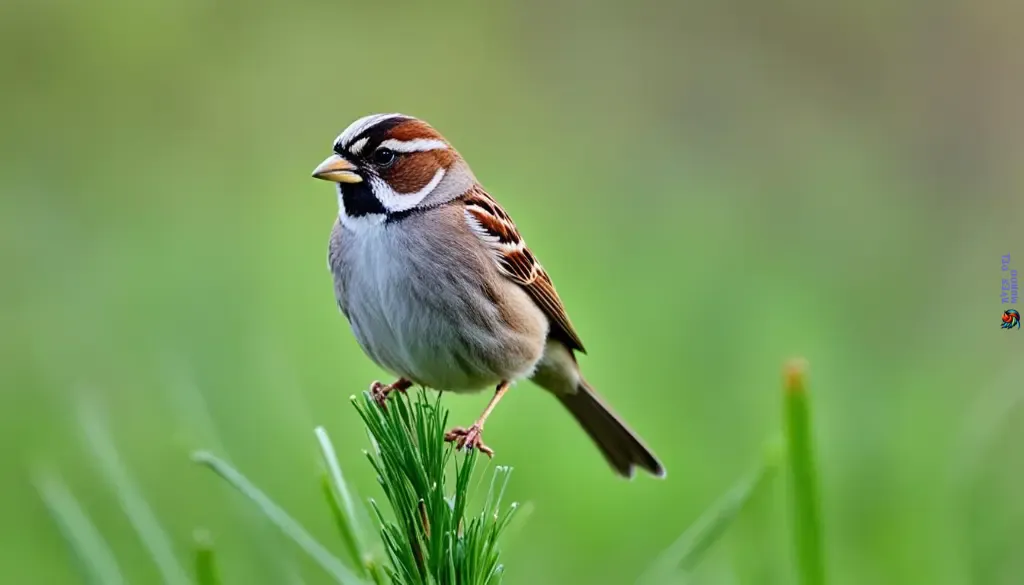
Feeding Behaviors throughout the Seasons
The feeding behaviors of sparrows vary throughout the seasons as they adapt to changing food availability. During the breeding season, sparrows focus on providing protein-rich food to their young hatchlings. Insects and small invertebrates serve as essential sources of nutrition during this critical time.
In colder months when food sources may be scarce, sparrows rely more on seeds and grains. They can be commonly seen feeding on bird feeders or scavenging for fallen seeds on the ground. By consuming seeds and grains, sparrows are able to sustain themselves during the winter and conserve energy.
Understanding the seasonal feeding patterns of sparrows is crucial for their survival. By monitoring their diet and foraging habits, researchers can gain insights into the availability of food resources and the overall health of sparrow populations.
Sparrow Bird Mating and Reproduction
Discover the fascinating mating rituals and reproductive strategies of sparrows. These small birds typically mate for life, forming strong pair bonds. To attract a mate, sparrows engage in elaborate courtship displays, showcasing their vibrant plumage and singing melodious songs. These displays serve as a visual and auditory signal to potential partners, demonstrating their fitness and suitability for breeding.
Once a pair has formed, the female sparrows take on the important task of building the nest. Using twigs, grass, feathers, and other materials, she constructs a cozy and secure structure in which to lay her eggs. The nest provides protection and insulation for the developing embryos.
After the nest is built, the female lays her eggs, typically one at a time, and incubates them to ensure proper development. The incubation period varies among sparrow species but generally lasts for around 10 to 14 days. During this time, the male may assist in feeding and protecting the female and the eggs.
Once the eggs hatch, both parents contribute to the feeding and care of the hatchlings. They diligently search for food, often insects and other small invertebrates, to provide the growing nestlings with nourishment. The parents take turns feeding and guarding the nest, ensuring the survival and well-being of their offspring.
When the young sparrows are ready, they leave the nest, a process known as fledging. This marks the successful completion of the breeding cycle and the beginning of the young sparrows’ independent lives. From here, they will continue to explore their surroundings, develop their flying skills, and eventually find mates of their own.
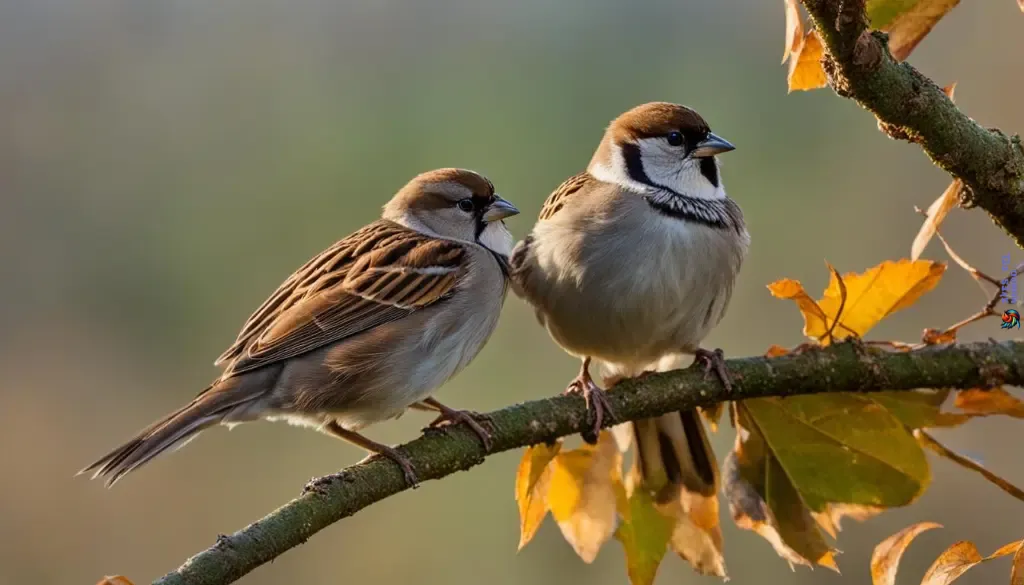
Nesting Habits of Sparrow Birds
Discover the intricate nesting habits of sparrows, known for their remarkable architecture skills. Sparrows construct nests using a variety of materials, including twigs, grass, feathers, and even man-made objects such as bits of string or paper. The female builds the nest, while the male may assist in gathering materials.
Materials Used in Nest Building
Sparrows are resourceful builders, using a combination of natural and man-made materials to create their nests. Twigs and grass form the main structure of the nest, providing stability and camouflage. Feathers are often used in the lining of the nest, providing comfort and insulation for the eggs and hatchlings. Additionally, sparrows may incorporate bits of string or paper they find in their surroundings, adapting to the urban environment they inhabit. The choice of nesting materials can vary depending on the availability and suitability of resources in a specific area.
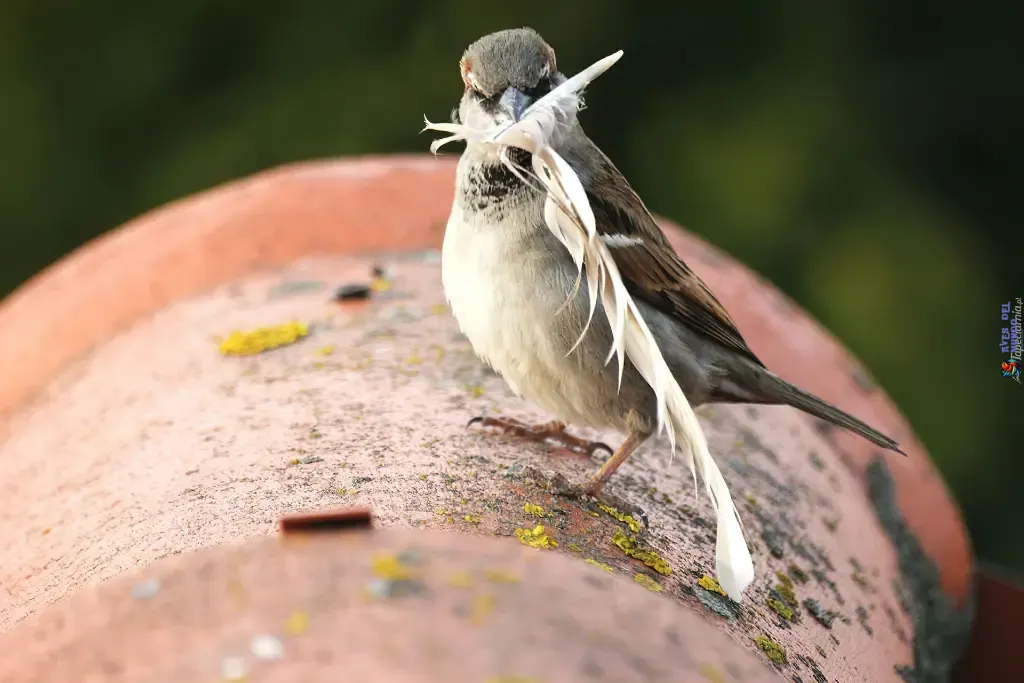
Nest Placement and Its Importance for Survival
The choice of nest placement is crucial for the survival of sparrows. They typically build nests in shrubs, trees, or man-made structures like buildings and nest boxes. Nest placement provides protection from predators and unfavorable weather conditions. By selecting elevated locations, sparrows minimize the risk of ground-based predators. Placing nests in dense vegetation offers additional cover and makes them less visible to potential threats.
Sparrows also show adaptability by nesting near human settlements. They often build nests in locations such as eaves or gaps in buildings, utilizing the structural elements to their advantage. This adaptability allows sparrows to thrive in urban environments where natural nesting sites may be limited.
The availability of suitable nesting sites can impact the overall sparrows’ population in an area. Providing appropriate nesting habitats, such as birdhouses or nest boxes, can help support sparrows and contribute to their survival.

In-depth Analysis of Sparrow Bird Habitat
Explore the diverse habitats where sparrows thrive. They can be found in a wide range of ecosystems, including grasslands, forests, wetlands, and urban areas. Each species of sparrow has specific habitat preferences, depending on factors such as food availability, vegetation structure, and nesting opportunities.

«Sparrows have a remarkable ability to adapt to different habitats, making them a successful and widespread bird species. Their habitat choices are influenced by various ecological factors, allowing them to occupy diverse environments.» – Dr. Sarah Peterson, Avian Ecologist
Grasslands provide ideal habitats for sparrows, especially species like grasshopper sparrows and savannah sparrows. The open grassy areas provide ample foraging opportunities for these ground-dwelling birds.
Forests are home to several species of sparrows, such as the white-throated sparrow and the dark-eyed junco. These forest-dwelling sparrows prefer areas with dense vegetation and understory, where they can find shelter and ample food sources.
Wetlands, including marshes and swamps, attract sparrows like the swamp sparrow and the Nelson’s sparrow. The presence of water and wetland vegetation provides these sparrows with suitable nesting sites and abundant insects to feed on.
Urban areas also serve as habitats for sparrows, with species like the house sparrow and the Eurasian tree sparrow thriving in human-altered landscapes. These sparrows have adapted to urban environments, utilizing buildings, parks, and gardens as nesting and foraging sites.
| Sparrow Species | Habitat Type | Main Characteristics |
|---|---|---|
| Grasshopper Sparrow | Grasslands | – Ground-dwelling – Forages on insects and seeds |
| White-throated Sparrow | Forests | – Understory habitat – Recognizable white-striped head |
| Swamp Sparrow | Wetlands | – Marshes and swamps – Forages on insects and seeds |
| House Sparrow | Urban areas | – Nests in buildings – Feeds on grains and seeds |
The diverse habitats preferred by sparrows contribute to their ecological importance by occupying various niches within ecosystems. Understanding their habitat requirements is crucial for conservation efforts to preserve these vital bird species and the ecosystem services they provide.
Migration Patterns and Resident Sparrows
Some sparrows undertake migratory journeys across vast distances, while others are resident and stay in their habitats year-round. The migration of sparrows is influenced by various factors, including food availability, climate change, and breeding requirements.
Factors Influencing Migration Decisions
When it comes to migration, sparrows rely on several factors to make their decisions. One crucial factor is food availability. Sparrows migrate to areas where food sources are abundant, ensuring their survival during the journey and upon arrival at their destination. Changes in food availability can alter migration patterns and lead to shifts in sparrow populations.
Additionally, breeding requirements play a role in sparrow migration. Some species of sparrows migrate to specific regions for breeding purposes, seeking suitable nesting sites and optimal environmental conditions. The availability of suitable breeding habitats and the presence of potential mates also influence their migration decisions.
The Impact of Climate Change on Sparrow Migration
Climate change poses significant challenges to sparrow migration patterns. Changes in temperature, precipitation, and habitat availability can disrupt the natural cues that sparrows rely on for migration. Shifts in climate conditions may lead to mismatches between the timing of migration and the availability of food and nesting resources.
Furthermore, climate change can alter the breeding and wintering grounds of sparrows. Rising temperatures and changing weather patterns can result in shifts in vegetation growth and insect populations, which are essential food sources for sparrows. These changes can affect the timing and success of breeding, ultimately impacting the overall population of sparrows.
To mitigate the effects of climate change on sparrow migration, it is crucial to understand the specific challenges that different species face. Conservation strategies can then be developed to protect and preserve the habitats and resources that sparrows rely on throughout their migratory journeys.
Challenges Faced by the Sparrow Bird Population

Environmental Threats and Conservation Efforts
As beloved as sparrows are, they face numerous challenges in today’s world. One of the most significant threats is habitat loss, caused by factors such as deforestation, urbanization, and agricultural expansion. With the destruction of their natural habitats, sparrows struggle to find suitable places to nest and feed.
Pollution is another environmental threat that has a detrimental impact on sparrow populations. The use of pesticides and chemical pollutants in agriculture and urban areas can have severe consequences for these birds. These substances can contaminate the sparrows’ food sources and disrupt their reproductive processes, leading to population declines.
Climate change poses yet another challenge to sparrows. Rising temperatures and unpredictable weather patterns can affect the availability of food and nesting opportunities, forcing sparrows to adapt to new conditions. Some species may struggle to survive in altered ecosystems, further exacerbating the decline in their populations.
The Role of Human Activity in Sparrow Habitation

Humans play a significant role in sparrow conservation and habitation. By providing suitable nesting habitats and food sources in urban and suburban areas, we can create environments that support sparrows. Backyard habitats with bird feeders, birdhouses, and native plants can attract sparrows and provide the resources they need to thrive.
However, human activity can also negatively impact sparrows. The excessive use of pesticides can poison not only their food but also the birds themselves. Habitat destruction due to construction projects and urbanization reduces available nesting sites and disrupts the sparrows’ natural habitats. It is crucial for us to be aware of the potential harm we can cause and take steps to mitigate these impacts.
Conservation efforts are essential for protecting sparrow populations. Organizations and researchers are working tirelessly to preserve their habitats, raise awareness about the threats they face, and implement measures to mitigate these challenges. By supporting these efforts, we can ensure a future where sparrows continue to enchant us with their presence.
